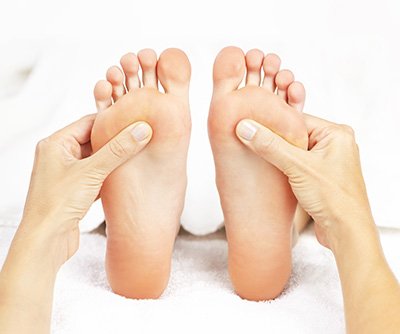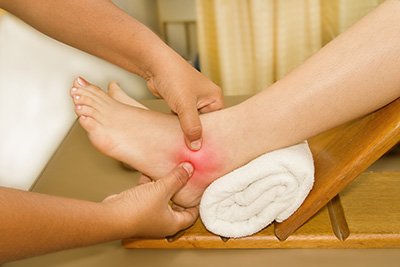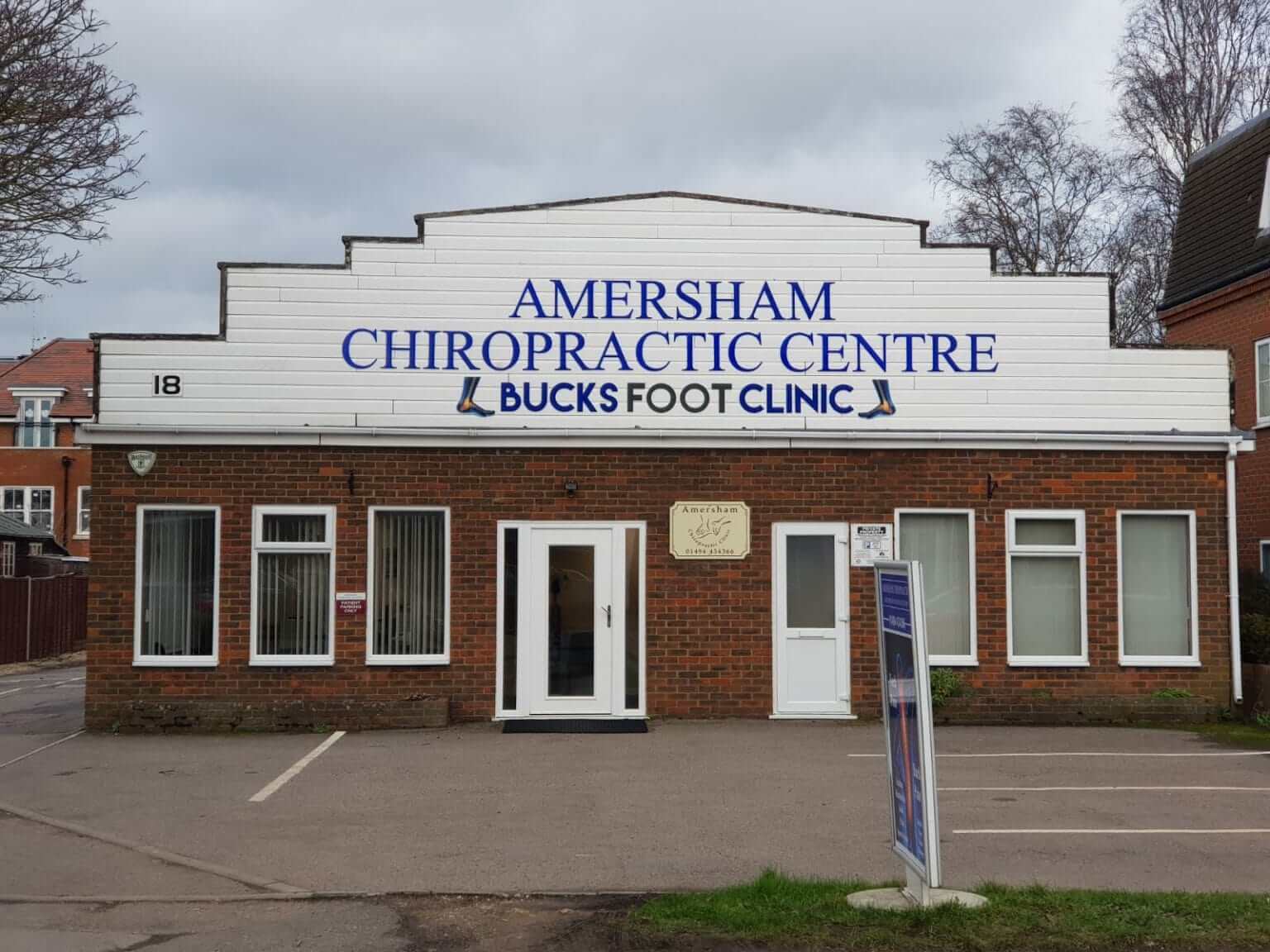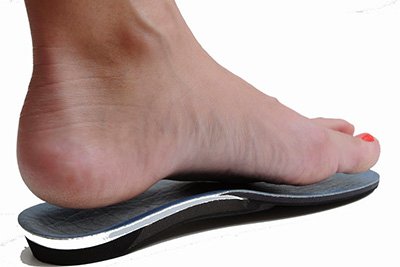
Diabetes is a silent killer lurking out there for folks who don’t treat their body with the care it deserves. When you have diabetes, foot care is a very important thing to keep in mind.
We at Bucks Foot Clinic have put together this article to teach you a few important things related to diabetic foot care management. If you’re looking for a foot clinic “near me”, we’d be happy to help you. Read on to learn more about diabetic foot care beaconsfield.
Diabetic Foot Care Management: Simple Guidelines
Many of you are already aware of the threats diabetes poses to one’s body. But, did you know even a small cut to your foot can impose some serious consequences?
Diabetic foot care is very important as diabetes can be dangerous to your feet. It can cause nerve damage and take away the feeling in your foot. Adding to this damage, diabetes limits the blood flow to your feet, making it harder to resist infections and recover from injuries. With these problems, you may not notice a tiny object in your shoe which could lead to a blister or sore. A wound that does not heal or becomes infected could put you at risk of having to have your limb amputated. This is in extreme cases, and in cases of negligence.
Following these suggestions could help you avoid serious foot problems that could result in losing a toe, foot or leg:
- Keep your feet healthy by checking them daily. Make sure you watch for cuts, blisters, redness, swelling, or problems with your nails. Check the bottoms of your feet with a magnifying hand mirror. Contact a podiatrist if you notice anything out of the ordinary.
- Wash your feet on a daily basis. Avoid hot water at all costs. Use only lukewarm water, as if you were bathing a newborn.
- Diabetic foot care management is very essential for your feet. Use a soft sponge while washing your feet, be as gentle as possible. Carefully dry the space between your toes by patting gently.
- To prevent dry skin from itching and cracking, use a moisturizer on a daily basis. Remember to avoid moisturizing between your toes as this may lead to fungal infection.
- Clip your nails carefully and file the edges. Trimming them too short could lead to ingrown toenails, so be careful when cutting. Consult a podiatrist if you have any concerns about your nails.
- Never attempt to remove corns or treat calluses on your own. Consult your doctor for the best treatment options.
- Your socks should be clean, dry and changed on a daily basis.
- Consider socks designed exclusively for diabetic patients. These socks offer increased cushioning, do not have elastic tops, are higher than the ankle, and are composed of moisture-wicking fibers.
- Put on some socks at night before bed if your feet feel cold.
- Always make sure to check your shoes and socks to avoid any tiny objects lying in there that could possibly cut you or harm your feet in any way.
- In winter, try maintaining a warm and dry environment for your feet. Cover your feet with warm socks and avoid going in the snow.
- Consider putting antiperspirant on the soles of your feet. This is beneficial if you have excessive foot sweating.
- Walking barefoot is never a good idea. Not even in your own home! Wear a pair of shoes or slippers at all times. You could suffer a scratch or a cut if you tread on something.
- Maintain a healthy blood sugar level if you are diabetic.
- Don’t smoke, as it reduces the blood flow in your feet.
- Check your feet daily. Regular visits to your podiatrist will help you avoid diabetic foot issues.
How Can A Foot Clinic Near Me Treat Diabetes?
Podiatry is a vital part of diabetic foot care in Beaconsfield that is sometimes neglected. Your diabetes care team should always include a podiatrist. They’ve been specifically educated to assess nerve damage in your feet and assist you in developing treatment and preventative strategies. They also pinpoint specific foot health problems for you!
Diabetes can have a significant impact on your feet, which is why it’s critical to consult a podiatrist at least once a year to address these issues.
Some Common Foot Problems People With Diabetes Face.
Diabetes poses a number of risks to the health of your feet. With diabetes, you are at risk of experiencing a variety of foot problems, including:
- Nerve Damage: It’s possible that you’ll come across nerve damage. This causes numbness and pain in your feet. It can lead to more serious issues in the future, such as the loss of all feeling in your feet and toes. Small wounds and injuries go unnoticed when this happens, and they can lead to much larger and more serious health problems.
- Foot Ulcers: Foot ulcers appear on the soles of your feet or on your toes. They are formed when the tissue on the affected region of your foot breaks down, resulting in an exposed wound. They can quickly develop in size and become infected. Foot ulcer treatment can be costly and time-consuming, so it’s best to avoid them altogether. If not treated appropriately and promptly, foot ulcers can lead to amputation.
- Charcot Foot: Nerve damage can lead to bones in your feet getting weaker. This is known as Charcot Foot. When these bones become weak, they might fracture and cause foot abnormalities.
- Amputations: Foot ulcers and open wounds can sometimes progress to the point where they can’t be treated or mended. If this is the case, you may need to have your leg amputated.
There are numerous amount of problems diabetes can cause to your feet. This is why seeking diabetic foot care management is very crucial. Here at Bucks Foot Clinic, we offer the best diabetic foot care in Beaconsfield. We will be able to identify risk factors that are unique to you, as well as inform you on what to look out for and how to avoid problems in the future.
Conclusion
By now you already know the importance of diabetic foot care management. Rather than Googling “foot clinic near me”, just contact Bucks Foot Clinic. With us, you will receive top-tier treatment and have top podiatrists assist you on your diabetic foot care journey.
Please call us on 0800 107 3290 / 077 99 122 099 Or contact us now




Recent Comments